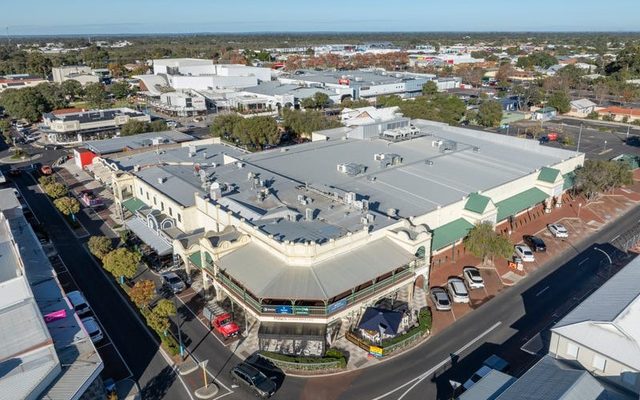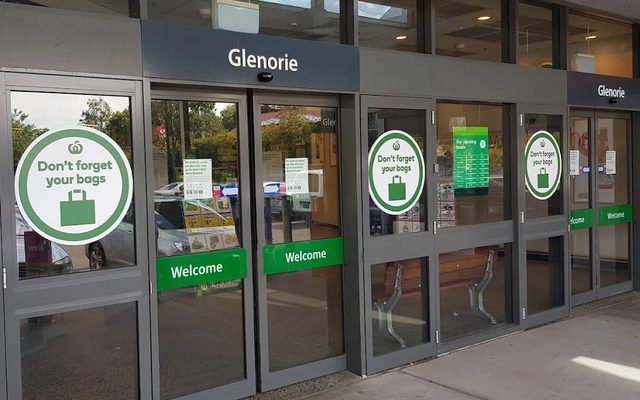This article is from the Australian Property Journal archive
SHOPPING centre transactions have topped $3.3 billion up $1 billion in the year to March, according to Savills research.
Savills’ Spotlight on Australian Retail Market June 2010 research report show sales jumped by $1 billion up from $2.3 billion in the previous year. During the period, 48 shopping centres changed hands compared to the previous year’s 37.
But the result remains well below the five-year average sales of $4.5 billion and 61 transactions per annum.
Having said that, national head of research Tony Crabb said it is clear the gap that has existed between buyer and vendor expectations has now narrowed significantly.
“The GFC severely curtailed the purchasing power of institutions and created a window of opportunity for others investors, particularly privates, to re enter the market, which they have capitalised on.
“Private investors were the most active in the market, purchasing 50% of all retail property sold in the year to March 2010,” he said.
Crabb added that private investors now have shopping centres high on their investment lists.
And the sector has also caught the attention of international investors, as quality, tightly-held assets have become available.
But the Savills research report shows there has been a significant fall in high-end sales in the sector over the past two years.
In the year to March 2008, $3.1 billion was transacted in the over-$100 million category. This fell to zero in the year to March 2009 and has risen to $922 million in the year to March 2010, with four shopping centre transactions recorded in the over-$100 million category.
“Clearly, both buyers and sellers were unwilling to transact large shopping centres in 2009. The uncertainty surrounding the GFC left buyers and sellers paralysed. In 2010, a thaw in conditions meant both buyers and sellers could transact with greater confidence,”
Crabb said investment yields have stabilised and prime retail should command tighter yields in the year ahead.
He also said the lack of construction in the pipeline means vacancy will only be dictated by shrinking tenant demand rather than a wave of construction.
“Once tenant demand recovers in the medium term, there may be a similar lack of supply that was faced in late 2007,” he forecast.
Australian Property Journal



